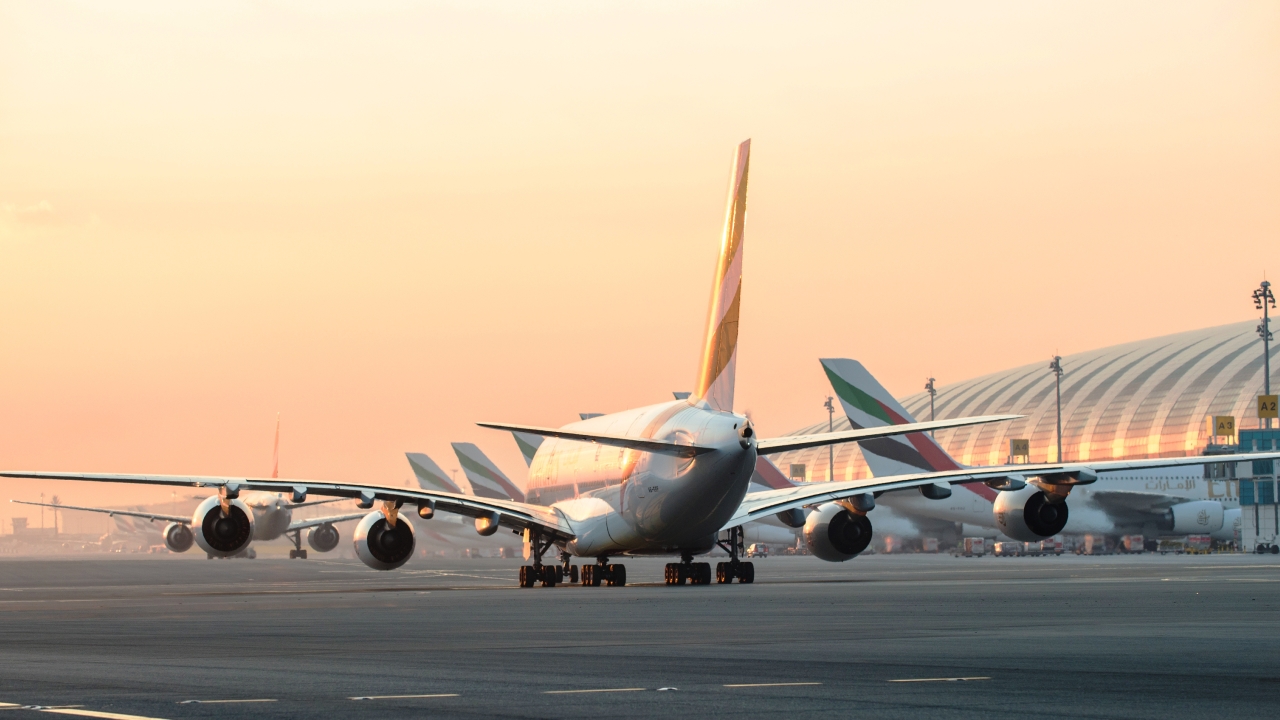Oman on emission
Managing global airport carbon emissions has become increasingly important and Muscat International Airport in Oman is determined to meet the challenge, as Keith Mwanalushi reports.

In April this year, Muscat International Airport announced it had completed the carbon emission mapping first step in its aim to achieve Airports Council International (ACI) environmental accreditation.
At that time, the Oman Airports Company (OAMC) said it believed in the airport’s environmental responsibility and was committed to addressing climate change within the context of the environmental strategy.
Since then, Musab Al Rawahi, senior environmental specialist at OAMC, has explained more about how the organisation achieved the full level one international ACI carbon accreditation.
The process involved two years of data collection and registration with the ACI programme, also auditing the source of emissions, and certification.
“OAMC’s ambition towards the environment is not only obtaining level one, but to enhance the programme to receive subsequent levels and reach zero emissions. We want to reach the full level of accreditation in the coming years,” said Al Rawahi.
Robert O’Meara, director of media and communications at ACI Europe, which oversees the programme, explained: “There are four levels of accreditation available (mapping, reduction, optimisation and neutrality) and to apply for any of them, the airport has to complete its programme application, supported by the necessary evidence that it has undertaken the steps required.”
He added that the application needed to be verified by an independent third-party (essentially, an auditor) and then it would be reviewed by the independent programme administrator in London. “Once they are satisfied that the application meets the criteria required by the level the airport is applying for, then they grant permission for the accreditation certification to be generated,” he said.
There are other airports in the region undergoing the process. At level one, (the mapping stage), they include Marrakech Menara Airport and Casablanca Mohammed V International Airport.
Dubai International, World Central and Sharjah are at level two (reduction) and Queen Alia International and Hamad in Doha are at level three (optimisation).
Al Rawahi admitted to some challenges when it comes to minimising emissions and mitigating them. “Yes, there is always a challenge when it comes to emission control, especially where the airports are growing and there is a lack of environmentally friendly equipment and buildings.”
He said to overcome these challenges new technologies and programmes were being adopted such as the use of solar power systems, building management techniques, and a culture change in terms of energy use awareness.
O’Meara noted that the programme had challenges and that one of them could be scale of resources available: “A very small regional airport might not necessarily have the available resources or personnel to undertake the exercise of applying for certification, particularly in view of the various documents it has to provide,” he said.
On the flip side, he noted that a very big airport might have the resources, but the scale of its operations might be so broad that it would take a lot of time to execute the process of applying for certification at the appropriate level. “However, these are challenges that can be addressed with the right approach to personnel resources and project calendaring.”
ACI has sought to make the programme more user-friendly by initiating, a couple of years ago, an online application process. “That has certainly helped,” noted O’Meara.
There are many things that airports can do to address their environmental impact – investing in biodiversity, water management, noise mitigation, and so on. However, airport carbon accreditation is focused on the activities that affect the airport operators’ CO2 emissions, so it doesn’t consider all environmental initiatives.
O’Meara also highlighted the diversity of efforts undertaken so far, pointing out that activities and investments by airports varied hugely from one region to another due to the climate circumstances and other reasons – for example, an airport investing in a photovoltaic park harnessing solar power to generate electricity may be an excellent choice in Greece, but it’s not necessarily a solution that fits as well in Ireland or Denmark.
“Nevertheless, some solutions – such as LED – lighting are effective regardless of the location and geography of the airport. In that regard, the programme is a useful source of knowledge exchange as well, between airports big and small,” he concluded.
Stay up to date
Subscribe to the free Times Aerospace newsletter and receive the latest content every week. We'll never share your email address.

